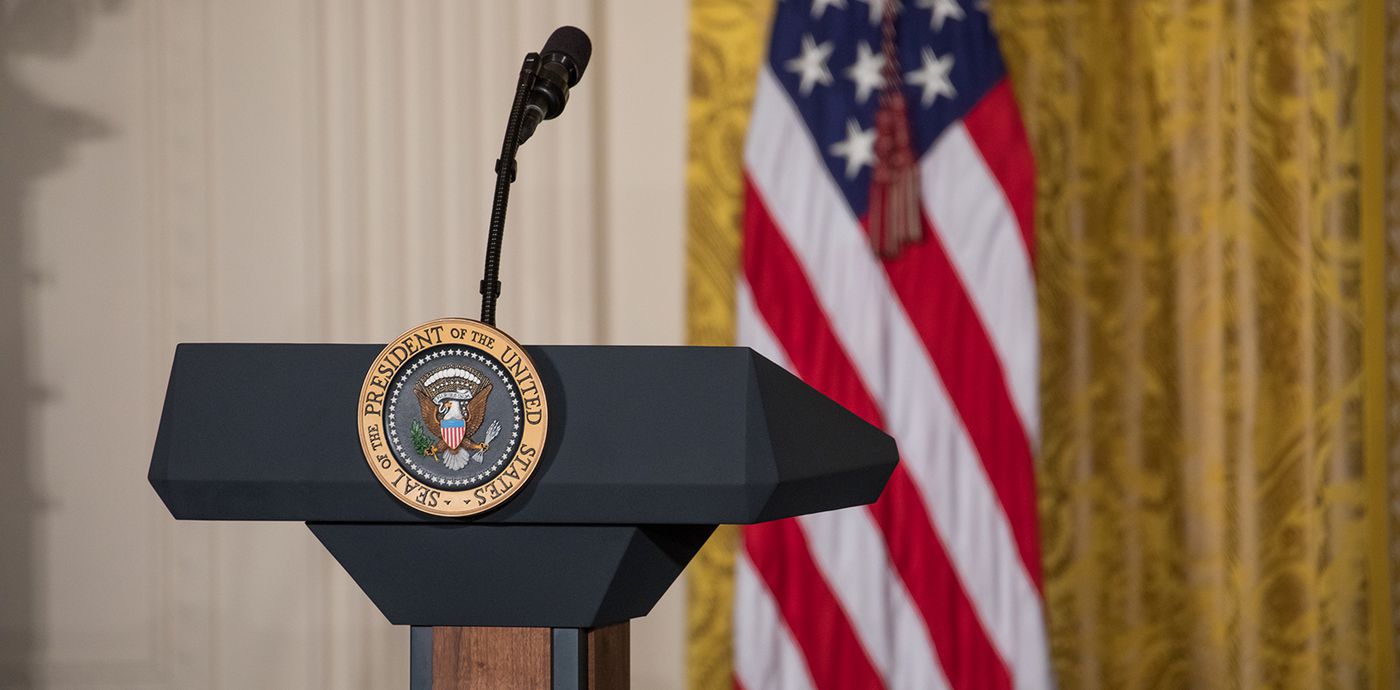Jed Quiaoit
Akhilesh Shivaramakrishnan
AP US Government 👩🏾⚖️
240 resourcesSee Units
The advancement of communication technology has had a significant impact on the relationship between the president, the national constituency, and the other branches of government. In the past, communication between the president and the public was primarily one-way, with the president communicating through speeches, press conferences, and other public appearances. However, advances in technology have transformed this relationship, allowing for two-way communication and providing the president with new ways to connect with the public. 🖥️
Modern Tech: Social Media
For example, the widespread use of social media has given the president direct access to the public, enabling them to bypass traditional media and communicate their message directly to the people. This has allowed the president to build relationships with constituents, gather public opinion, and respond to criticism and feedback in real-time.
Modern technology and the use of social media have allowed for a more rapid response to political issues. This also means quicker response from the public as to their approval of presidential elections. 📱
It's important to note that presidential approval ratings fluctuate: rising at the beginning of administrations, during times of crisis, and times of economic growth. They fall during political scandals and high unemployment or lack of economic growth.
The Bully Pulpit and Impact on Policymaking
The State of the Union address and the president's bully pulpit have been used as powerful tools for agenda setting at the national level. The State of the Union is an annual address given by the president to Congress and the nation, in which they outline their legislative agenda and outline their vision for the future of the country. This speech is broadcast nationally and provides the president with an opportunity to set the tone for their administration and to define the key issues that will shape the nation in the coming year.
The "bully pulpit" is another tool that the president can use to set the national agenda. This term refers to the president's ability to use their position as the leader of the country to shape public opinion and to drive the national conversation. Through speeches, press conferences, and other public appearances, the president can use their bully pulpit to bring attention to specific issues and to build support for their agenda.

Source: The Atlantic
By using these tools, the president can set the national agenda, bring attention to important issues, and shape public opinion. This can have a significant impact on the legislative process and the policy outcomes that are ultimately produced by the government. The ability to effectively use the State of the Union and the bully pulpit can be a critical factor in determining a president's success and the legacy they leave behind. 📺
Illustrative Example
President Reagan's "Address to the Nation on Federal Tax Reduction" (1981)
The "Address to the Nation on Federal Tax Reduction" delivered by President Reagan in 1981 is an illustrative example of the use of the bully pulpit to set the national agenda. In this address, President Reagan used his platform as the leader of the country to build support for his proposed tax reduction plan. Through his speech, he outlined his vision for a more streamlined and efficient government, and he emphasized the importance of reducing taxes as a way to stimulate economic growth and create jobs.

Source: Ronald Reagan Presidential Library
The address was broadcast nationally, giving President Reagan the opportunity to reach a large audience and to shape public opinion. By using the power of his office to communicate his message directly to the people, President Reagan was able to build support for his agenda and to generate momentum for his proposed tax reductions.
This example demonstrates the power of the bully pulpit and the ability of the president to shape the national conversation and to drive the agenda. By effectively leveraging this tool, President Reagan was able to bring attention to an important issue and to build support for his policy proposals, ultimately leading to the passage of his tax reduction plan.
🎥 Watch: AP GOPO - Roles of the President
Browse Study Guides By Unit
🏛Unit 1 – Foundations of American Democracy
⚖️Unit 2 – Branches of Government
✊🏽Unit 3 – Civil Liberties & Civil Rights
🐘Unit 4 – American Political Ideologies & Beliefs
🗳Unit 5 – Political Participation
🤔Exam Skills

Fiveable
Resources
© 2025 Fiveable Inc. All rights reserved.